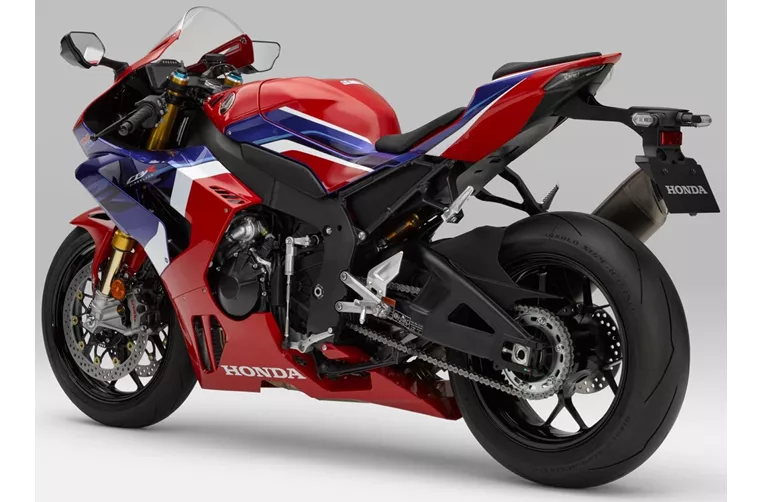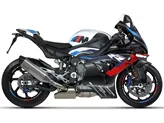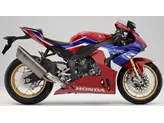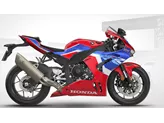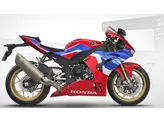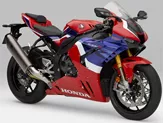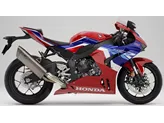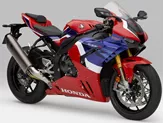Yamaha R1 2016 vs. Honda CBR1000RR-R Fireblade SP 2020

Yamaha R1 2016
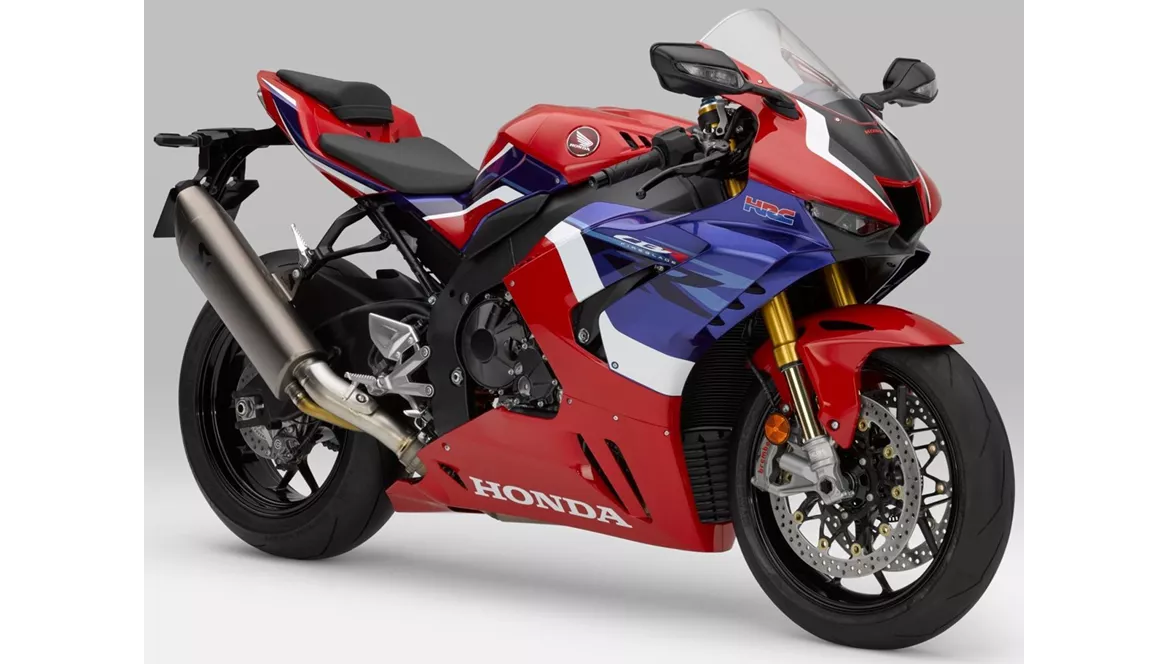
Honda CBR1000RR-R Fireblade SP 2020
Overview - Yamaha R1 2016 vs Honda CBR1000RR-R Fireblade SP 2020
The Yamaha R1 model year 2016 and the Honda CBR1000RR-R Fireblade SP model year 2020 are both high-performance supersport motorcycles that offer exceptional performance and advanced technology.
The Yamaha R1 2016 is equipped with a 998cc engine that produces 200 horsepower and 112.4 Nm of torque. It features a DOHC valve system with four valves per cylinder and a compression ratio of 13. The engine is known for its high-revving nature and precise control, providing a lively and exhilarating riding experience. The R1 2016 also comes with launch control and traction control as advanced rider assistance systems, enhancing the bike's performance and safety. The chassis of the R1 2016 is made of aluminum and features a Deltabox frame, providing a lightweight and rigid structure for excellent handling. The front suspension consists of an upside-down telescopic fork, while the front brakes are double disk type. The R1 2016 has a wheelbase of 1405mm, a seat height of 855mm, and a kerb weight of 199kg with ABS. It has a fuel tank capacity of 17 liters.

Yamaha R1 2016
On the other hand, the Honda CBR1000RR-R Fireblade SP 2020 is powered by a 999.89cc engine that delivers an impressive 217 horsepower and 113 Nm of torque. Like the R1 2016, it features a DOHC valve system with four valves per cylinder and a compression ratio of 13. However, the Fireblade SP 2020 offers a higher power output, making it one of the most powerful motorcycles in its class. The engine is designed for the racetrack, providing exceptional performance at high revs. The Fireblade SP 2020 comes with a wide range of advanced rider assistance systems, including electronically adjustable suspension, riding modes, cornering ABS, launch control, ride by wire, quickshifter, traction control, and anti-wheelie. These systems enhance the bike's performance, safety, and versatility. The chassis of the Fireblade SP 2020 is made of aluminum and features a twin-spar frame, offering a perfect balance between rigidity and flexibility. The front suspension is an upside-down telescopic fork, and the front brakes are double disk type. The Fireblade SP 2020 has a wheelbase of 1455mm, a seat height of 830mm, and a kerb weight of 201kg with ABS. It has a fuel tank capacity of 16.1 liters.
In terms of strengths, the Yamaha R1 2016 is praised for its lively handling, high-revving and precisely controllable engine, and excellent electronics package. The bike offers a thrilling and engaging riding experience, with precise control and responsive performance. On the other hand, the Honda CBR1000RR-R Fireblade SP 2020 is known for its incredibly powerful powerplant, super-sporty geometry, and good ergonomics. It offers a state-of-the-art electronics package and provides super crisp feedback from all components, including the brakes. The Fireblade SP 2020 also features electronically adjustable Öhlins suspension, allowing riders to fine-tune their riding experience.
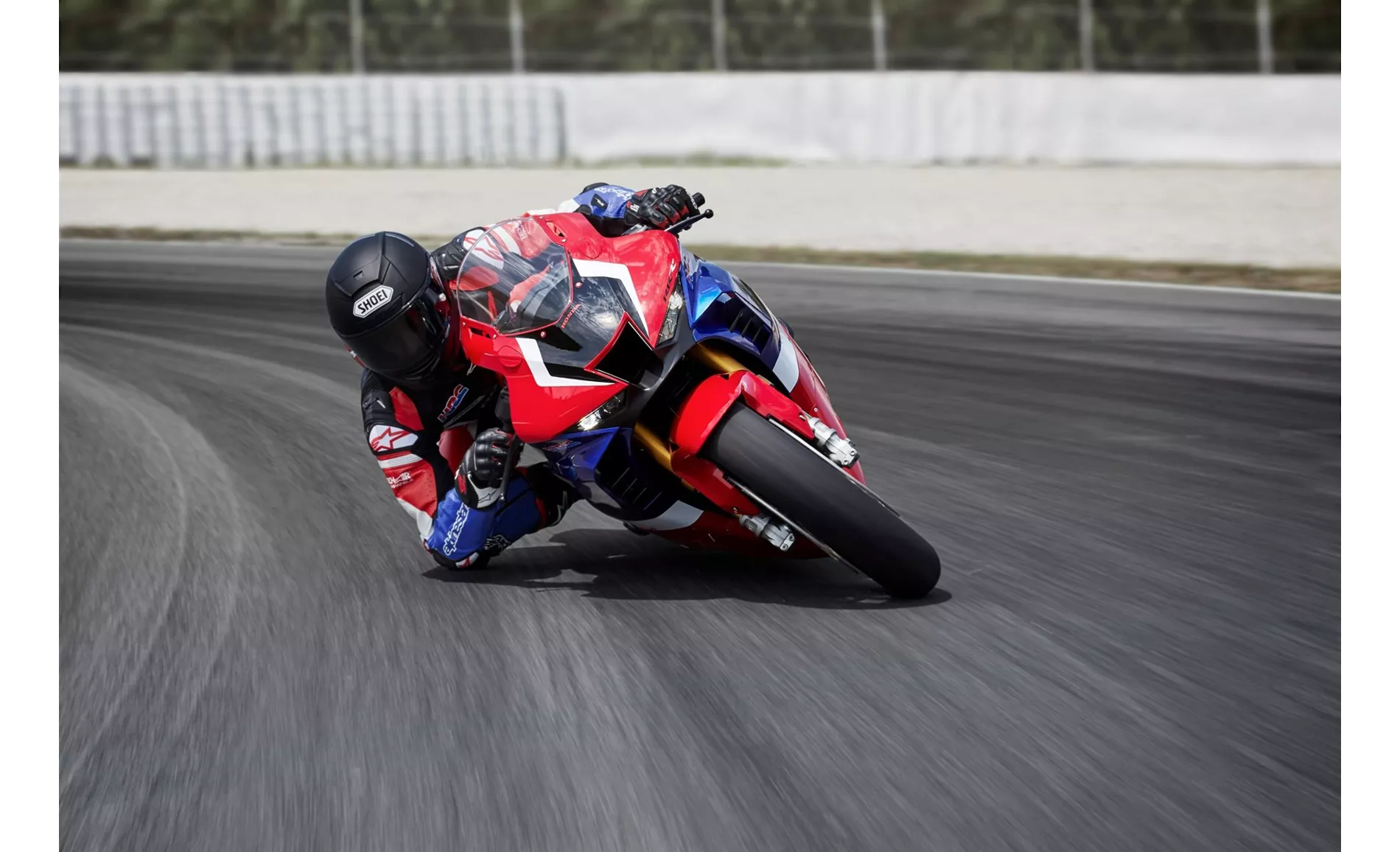
Honda CBR1000RR-R Fireblade SP 2020
However, the Yamaha R1 2016 has a weakness in that its shift assistant is only available for upshifting, limiting the convenience and smoothness of gear changes. On the other hand, the Honda CBR1000RR-R Fireblade SP 2020 is criticized for its engine's transmission and power delivery, which are primarily designed for the racetrack. This means that not much happens in terms of power and acceleration until around 6000 revs, making it less suitable for everyday street riding. Additionally, the Fireblade SP 2020 lacks cruise control, which can be a disadvantage for riders who prefer long-distance touring.
In conclusion, both the Yamaha R1 2016 and the Honda CBR1000RR-R Fireblade SP 2020 are exceptional supersport motorcycles with their own strengths and weaknesses. The R1 2016 offers lively handling and precise control, while the Fireblade SP 2020 provides incredible power and advanced electronics. Ultimately, the choice between the two will depend on the rider's preferences and intended usage, whether it be for spirited street riding or track performance.
Technical Specifications Yamaha R1 2016 compared to Honda CBR1000RR-R Fireblade SP 2020
Pros and Cons in comparison
Pros and Cons in comparison
Yamaha R1 2016

Yamaha's high-tech rocket is still a technological leader in 2016. Radical, polarising and fascinating, it sets powerful lap times. It is closer to the race bikes than the other 1000s. In the meantime, no one grumbles about the front. Without the "M", it is the best choice for those who don't need Öhlins anyway, or the best choice for those who are planning a racetrack conversion anyway and like to install "normal" Öhlins hardware without electric stuff.
Honda CBR1000RR-R Fireblade SP 2020
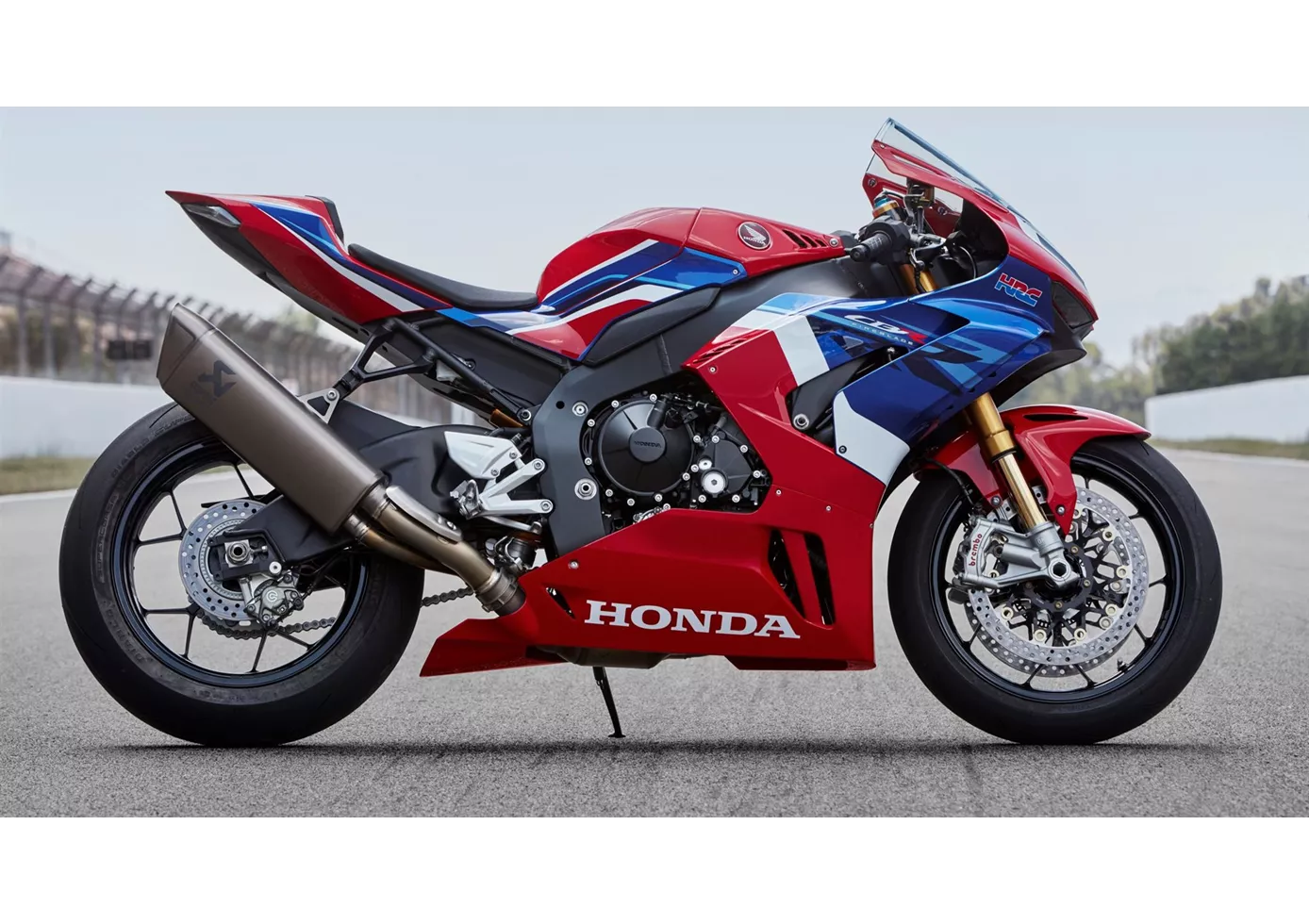
The fans demanded it and Honda delivered: The new CBR1000RR Fireblade SP is the sportiest Blade ever. For the first time, it now has a clear focus on the race track. Many of its strengths, such as the wonderfully stable and direct handling or the braking performance, can of course also be exploited on the country road. But especially in the engine chapter, Honda took a clear path: no compromises, power and lap time come first. This is reflected above all in the fact that below 6000 revs, the power output is rather meagre, which in turn is not quite optimal on the country road. But if that doesn't bother you, you'll be happy with the new Fireblade. Honda took no risks and simply brought the best partners on board for the SP: Akrapovic, Öhlins and Brembo were the congenial partners of the Honda crew. Of course, all these components also have a corresponding price tag.
Price Comparison Avarage Market Price Yamaha R1 vs Honda CBR1000RR-R Fireblade SP
There are a few key differences between a Yamaha R1 2016 and a Honda CBR1000RR-R Fireblade SP 2020. In terms of price, the actual average price of a Honda CBR1000RR-R Fireblade SP 2020 is about 30% higher. Compared to Honda CBR1000RR-R Fireblade SP 2020 there are more Yamaha R1 2016 bikes available on the 1000PS.de Marketplace, specifically 6 compared to 5. It takes less time to sell a Yamaha R1 with 73 days compared to 163 days for a Honda CBR1000RR-R Fireblade SP. Since model year 2005 1000PS.de editors have written 80 reviews for the Yamaha R1 and 21 reviews for the Honda CBR1000RR-R Fireblade SP since model year 2020. The first review for the Yamaha R1 was published on 28/04/2003 and now has more than 3,900 views. This compares to more than 151,000 views for the first review on Honda CBR1000RR-R Fireblade SP published on 04/11/2019.

